I want to use Intellij Idea within my existing python django project which was built within a virtual environment in ubuntu. How do I configure Intellij Idea to use the libraries of the virtual environment?
2 Answers
For PyCharm 2018
As per documentation from Pycharm:
- In the Project Interpreter page, click
![]](../../images/3817016430.webp) and select Add.
and select Add. In the left-hand pane of the Add Python Interpreter dialog box, select Virtualenv Environment. The following actions depend on whether the virtual environment existed before.
If Existing environment is selected:
- Specify the required interpreter: use the drop-down list, or click Select an interpreter and find one in your file system.
- Select the check-box Make available to all projects, if needed.
Click OK to complete the task.
For Pycharm 2016 and later
To add an existing virtual environment to the list of available interpreters
- In the Select Python Interpreter dialog box that opens, choose the desired Python executable, located inside the virtual environment folder, and click OK.
Go to this link for more information.
For Older versions:
Well I solved the above problem. I have added virtualenv folder's python to project sdk. The virtualenv directory's python( for example venv/bin/python2.7) needs to be added to Intellij Idea project path. Example: need to go to file>project structure (intellij Idea)
press new in Project SDK, and add new path to virtualenv's python directory like this:
Go to Modules>Dependencies and set your module sdk to Python SDK which is marked on this picture: 
Click on Django (option marked in next the image) and set Django project root, Settings,Manage Script like this:
Now press ok and final look of the Project settings: 
Now need to run the project.
- 50,746
- 7
- 78
- 101
-
this page describes how to add an existing pythong virtualenv https://www.jetbrains.com/help/pycharm/2017.1/adding-existing-virtual-environment.html however, on OSX, it opens a file dialog, and it doesn't allow to navigate to "hidden" dirs, such as the typical ~/.virtualenvs any idea? – David Portabella Mar 30 '17 at 07:29
-
1Please correct me if I misunderstood: actually they don't show the hidden directory in the file browser, but if you type the directory name, then type `/` it will take you inside the hidden folder. It worked for me in 2016 versions. Haven't tested in 2017 edition. Directly copy pasting the path of the python file ie `/home/user/proj/.env/bin/python` in the file browser also works. @DavidPortabella – ruddra Mar 30 '17 at 08:23
-
1it works, thx! when the file dialog appears, typing / will prompt for the path. here it also explains that you can use Command-Shift-. to show hidden files, and Command-Shift-G as an alternative to typing /. https://intellij-support.jetbrains.com/hc/en-us/community/posts/205435510 http://osxdaily.com/2011/03/01/show-hidden-files-in-mac-os-x-dialog-boxes-with-commandshiftperiod/ – David Portabella Mar 30 '17 at 09:03
-
For IntelliJ, when using `Existing Environment` option, make sure you have to select `[...]/venv/bin/python` (not simply `[...]/venv/`) – Emadpres Feb 18 '19 at 11:13
The above answer is based on older version of IntelliJ. For new, look here: https://www.jetbrains.com/help/pycharm/2016.1/adding-existing-virtual-environment.html
- 2,561
- 2
- 24
- 40
